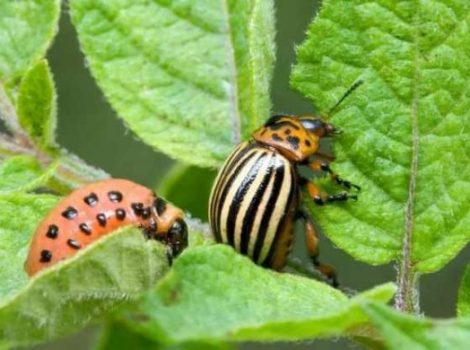Content
- 1 The better to feed the cabbage after planting in the ground
The better to feed the cabbage after planting in the ground
This vegetable has been grown in Russia for a long time and is one of the important products in the preparation of a huge number of dishes. Previously, cabbage was fertilized with organic matter, but today, after planting in the ground, more and more spraying with agrochemicals is carried out, allowing you to get good yields from small areas. Many gardeners do not trust mineral supplements and prefer to feed her with natural remedies. They believe vegetables are saturated with nitrates, which have a bad effect on health. The opinion is fundamentally wrong. Indeed, when used correctly, the formulations are no more dangerous than organic dressings. It is also useful not only to pour them into the holes, but also to spray them to protect against pests, although vinegar, ammonia and other special means are more suitable in order to save the plant.
Do I need feeding white cabbage planted in the garden?
To answer the question of whether to feed or not, one should recall biology and chemistry, the order of plant nutrition and their growth. Nutrients come from the soil composition, dissolve in water, pass along the stem, and penetrate the leaves. From exposure to sunlight and water, carbon dioxide and minerals, organic matter is created that is needed for growth. Cells are formed from them - the plant grows. The process is called photosynthesis.
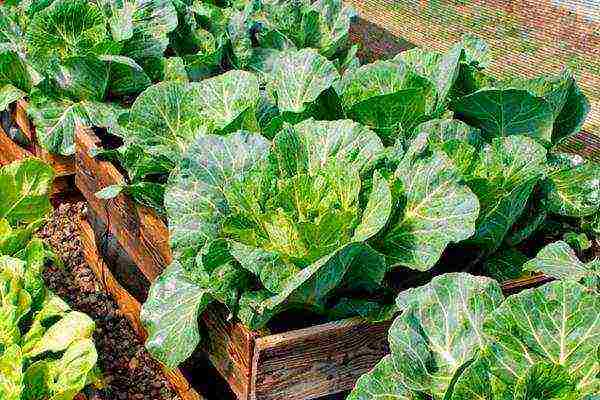
The substances consumed by the roots from the earth are divided into macro - and microelements. Most plants need:
- nitrogen;
- phosphorus;
- potassium;
- sulfur;
- magnesium;
- calcium;
- iron.
The plant needs less trace elements, but they are also necessary for normal development. This group should include:
- boron;
- silicon;
- manganese;
- copper;
- zinc, etc.
Without nitrogen and phosphorus additives, cabbage will slow down in growth, the foliage will change color. The lack of calcium will negatively affect the entire development of the plant, which remains small. Without copper, the vegetable will die even at the seedling stage. So it turns out that a normal harvest can be achieved if the crop transplanted into the ground is timely and correctly fed. So if you want the stems to be plump and the heads of cabbage strong, you must fertilize the plants.
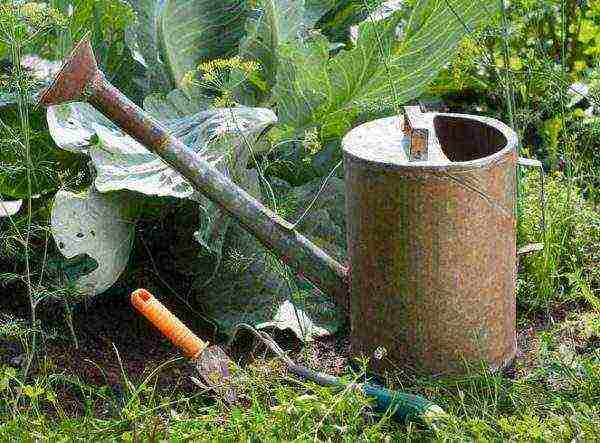
It is also important to remember here that fertilizers should be used in a timely manner. For example, from the beginning of seed germination to the formation of foliage, the plant needs most of all phosphorus. And as soon as the root system begins to develop, it should be sprayed with nitrogen and potassium. But at the time of ripening there is a need for nitrogen, potassium and phosphorus at the same time. Of course, caring for cabbage is a painstaking task.
In a word, for the entire growing season, a vegetable needs to be fed from three to four additional dressings in order to achieve a good harvest. The first two (mandatory) fall on the initial stage of growth, the third and fourth (if necessary) are performed in June and August, respectively.
Types of fertilizers for the correct fertilization of seedlings
Seedlings transplanted into open ground in spring must be fed at least twice. The first procedure is carried out a couple of weeks after planting, the second - at the initial stage of fetal formation (after picking - mandatory).
For the first feeding, potash, phosphorus and nitrogen fertilizers are used at the rate of two hundred grams per hundred square meters of land. This is necessary to speed up the setting of the head of cabbage. But if organic matter, compost or humus were used to fertilize the soil, then five hundred grams of ammonium nitrate should be added for each planting area. The second time it is necessary to process in twenty days, for which it is necessary to water with chicken droppings and mullein, the vegetable also loves slurry.
Nitrogen, pour well under the root to form the fruit
This group includes the following drugs:
- ammonium nitrate. It looks like crystals of off-white hue. The fertilizer price is acceptable, the composition contains more than thirty percent of the nitrogen available to plants. The fertilizer composition is considered the most concentrated of the entire group. By applying it, it is not recommended to exceed the dosage so that the culture does not accumulate excess nitrates;
- ammonium sulfate. These are sulfuric acid salts. In appearance, the fertilizer is white crystals, contains about twenty percent nitrogen and a sufficient amount of sulfur. It is necessary to apply it at the rate in the amount of one hundred and fifty percent of the saltpeter in order to give the plants the required amount of nitrogen. But remember that this fertilizer can increase the acidity of the soil composition, which is not very desirable. And you don't have to spray the plant to get rid of pests;
- urea. These are ammonium salts of carbonic acid. White crystals contain up to forty-six percent nitrogen, which entails a decrease in the feeding rate by one and a half times.
Potash, needed for the growth of a head of cabbage
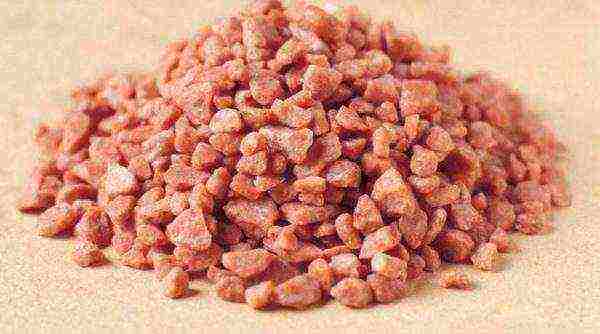
Cabbage, like bell peppers, strongly needs potassium, which is needed for the formation of roots and the development of the aerial part, so that the head of cabbage can set, especially at an early stage of development. Otherwise, the plant will be tall, but empty. It performs an important function in the transfer of organic compounds. You must always remember about this and feed the vegetable so that it forms a head of cabbage with potassium-containing compounds:
- potassium chloride. In its pure form, it is represented by white crystals resembling ordinary salt. In nature, it is rarely found in this form, but the natural version is distinguished by reddish tones. The available potassium in the composition is about sixty percent. There is a high probability of soil acidification;
- potassium sulfate. These are potassium salts of sulfuric acid, containing up to fifty percent of the component. In most cases, the composition is used for chlorophobic crops, which do not include cabbage. It can be used as a feeding composition.
Phosphoric, late-growing chemicals
Phosphorus is not very necessary for cabbage, but it is not recommended to ignore its use. It plays an important role in the formation of heads of cabbage and a set of nutrients at the final stage of the growing season. Superphosphate treatment is used most often. Compositions can be of two types, according to the amount of phosphorus content, so it is necessary to check the packaging.
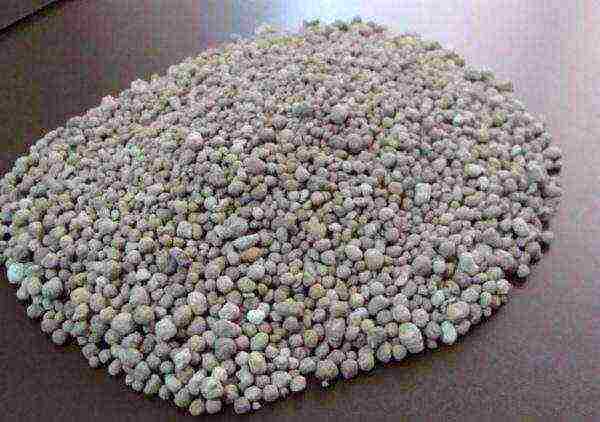
Natural fertilizers - an opportunity to feed and a remedy for pests
The culture responds well not only to fertilizers purchased in the store, but also to nutritional compositions made according to folk recipes. They also help the plant to form a large and strong head of cabbage.
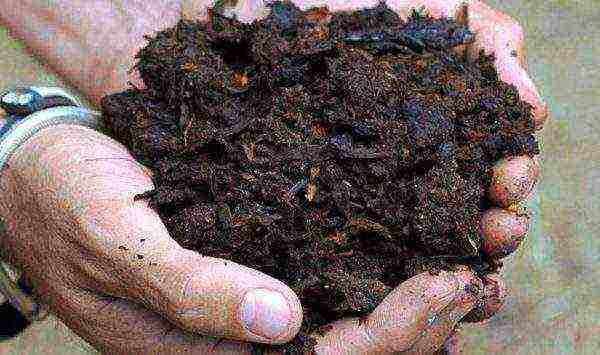
Manure to speed up growth
This is one of the best choices, especially if it is a white or colored variety. Previously, manure is diluted with water at the rate of 1 to 5. The first time such a composition can be used two weeks after the seedlings are transferred to unprotected soil. After the feeding procedure, the beds must be earthed without fail. The second feeding is performed before the beginning of the formation of the ovary. But in this case, it is recommended to add wood ash in the amount of forty grams to the slurry.
The third time the manure is applied at a three-week interval after the second application. Watering with manure also allows you to keep the plant from pests and protect it from further hassle.... It is also good to sprinkle with ammonia for this, this is both protection and fertilizer.
Using yeast helps protect against disease
They contain a lot of useful components, vitamins and amino acids. Such an additive will help the seedlings fight diseases and transfer the transplant well, we don't need black spots on the leaves. This activates the development of the root system, improves the overall soil composition.
Yeast is fed three weeks after the introduction of the first feeding composition. Two hundred grams of dry yeast, a teaspoon of sugar are diluted per liter of warm water, insisted for two hours. Then the whole mass is poured into a bucket of water. The consumption of the resulting composition should be from three hundred to four hundred grams for one plant;
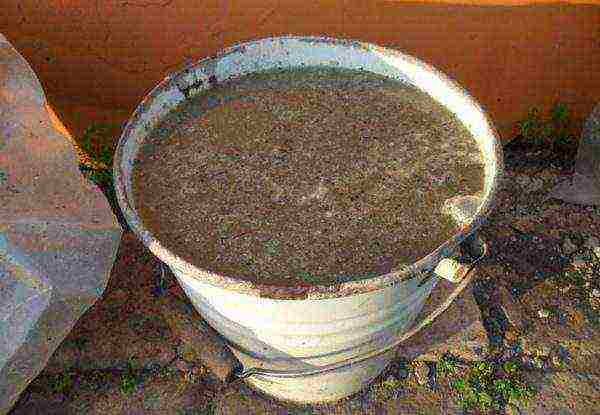
Urea, a popular source of nitrogen
A chemical compound originally obtained from the waste product of people. Today, urea is produced from the proteins of mammals and individual fish. With the help of such feeding, the plant receives the required amount of nitrogen, gains faster in the green mass. Before feeding, thirty grams of urea should be diluted in a bucket of water. Half a liter of the composition is poured under one plant.
How to process cabbage before planting?
As soon as the seedlings form two or three leaves, it is allowed to transplant it into an open bed. For its good adaptation, gradual hardening should be started in advance.... In addition, seedlings are fed with humate solutions or mineral fertilizers are used, examples of which are Agricola, Kemira. But this is done only if the soil composition contains a small amount of useful elements. As a preventive measure against harmful parasites, spraying the leaves and dusting the beds with wood ash is performed. This will help protect the plant from pests such as slugs, fleas, and caterpillars.
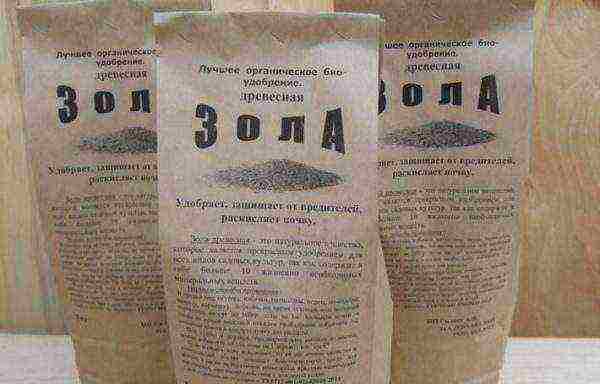
How to water after planting in open ground
Watering the culture should be thorough, observing some interval of a couple of days during the first two weeks. The water consumption for each square of the site should be from seven to eight liters. Then the number of procedures can be reduced to once a week, pouring out ten to twelve liters per square meter of beds.
Often, water procedures are combined with the introduction of fertilizers. This helps the root system to better absorb the beneficial components that enter the soil.
It should be noted that the application of fertilizers must be carried out on cloudy days or in the evenings, combining them with abundant watering. Compliance with all recommendations will help you grow a rich harvest of this tasty and healthy vegetable.


